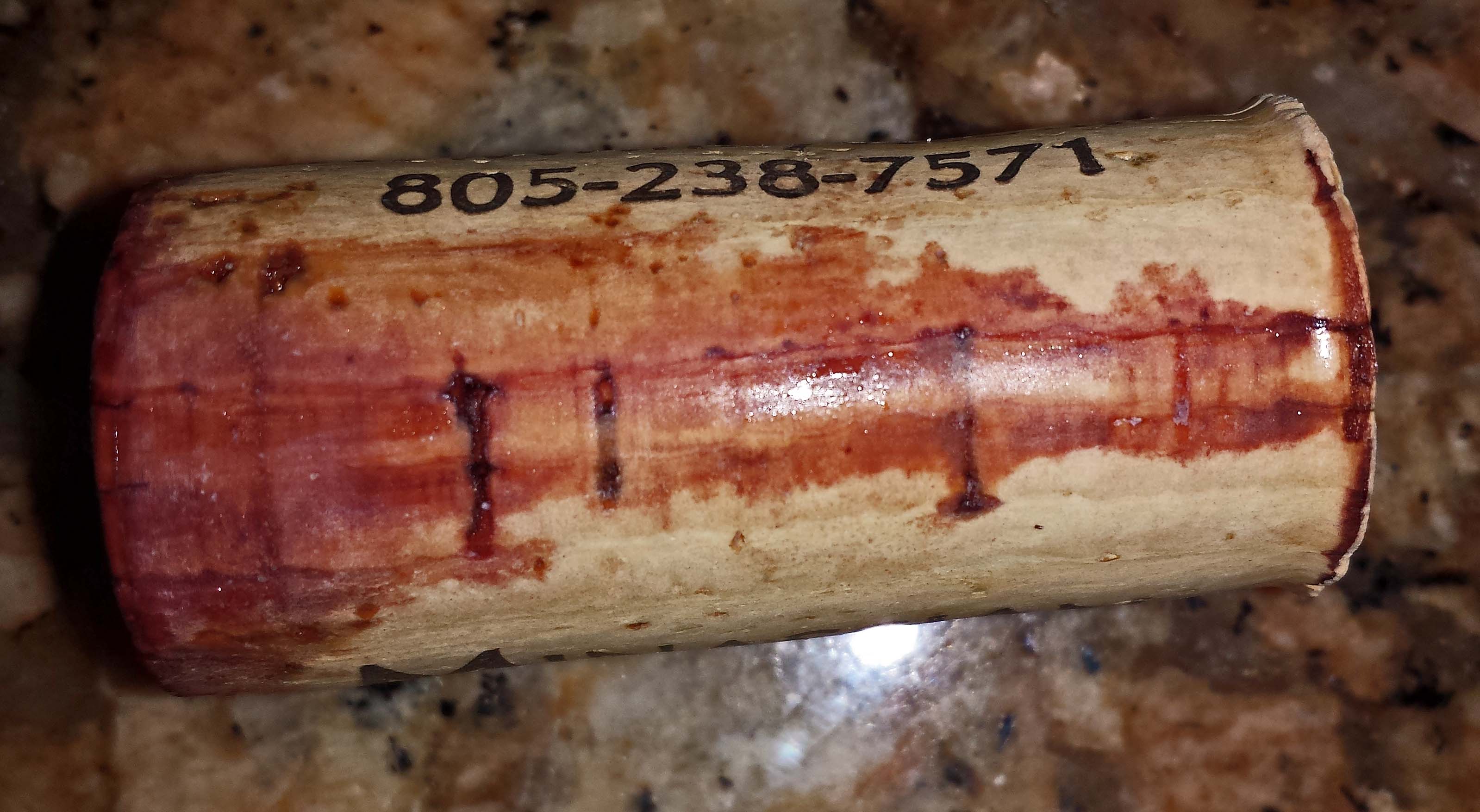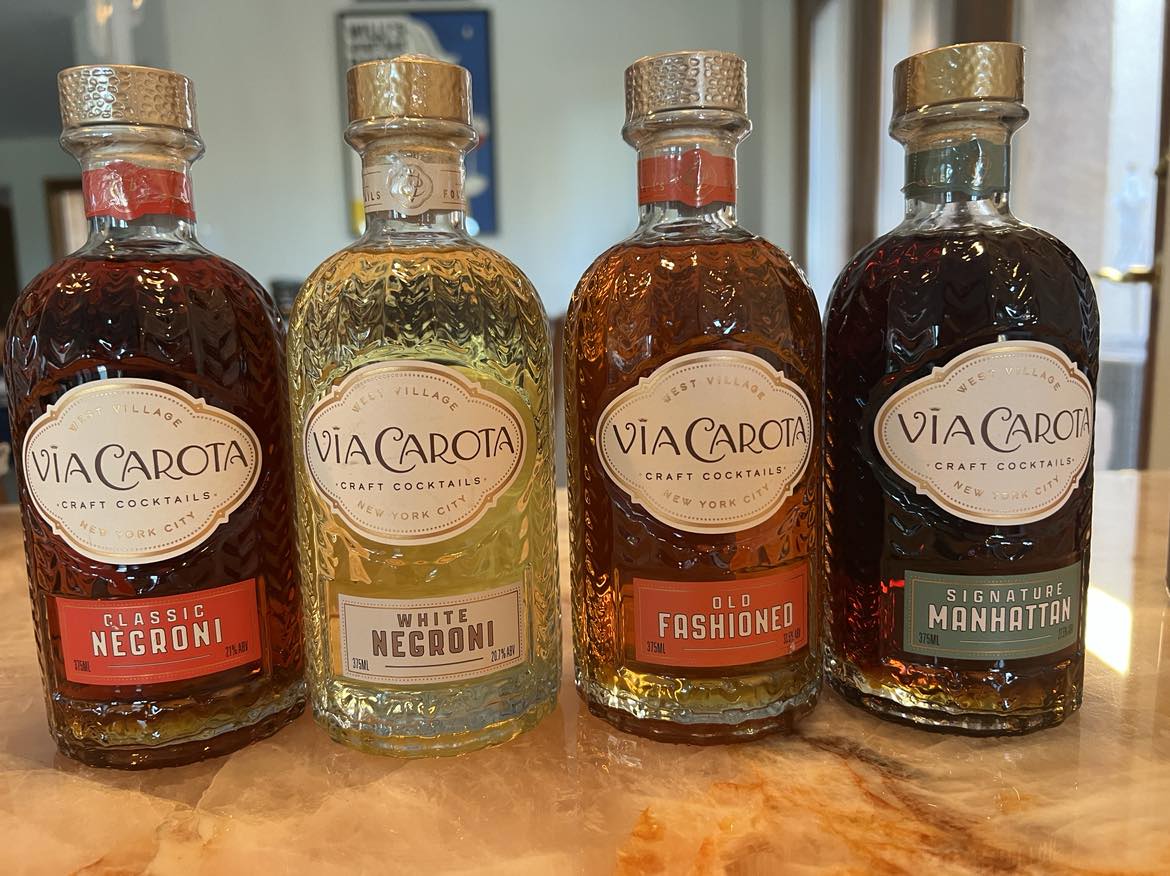As I continue through my education of wine it is quite evident that I will probably never reach the end of my quest. I constantly read and write to satisfy my thirst for knowledge on this subject and realize that I should have started 40 years ago. The good thing is that the quest has provided me with something that I truly enjoy. In this article I want to look at corks and not with regards to TCA. I want to share a learning experience that I encountered this week.
When you go to a restaurant or wine bar we have all seen and know the proper service etiquette for wines.
https://www.parkviewortho.com/wp-content/languages/new/cialis.html
The part that I want to focus on is the ritual where the sommelier, or server, removes the cork and places it on the right of the person that ordered the bottle. Why was this cork placed there? Is it to smell? Is it to make sure that it has the proper vineyard name?
Though many people smell the cork, this part of the ritual is actually intended so you can check the cork for leaks and also to verify that it is not dry from being stored improperly. By improper storage I mean vertical in a box or in a low humidity cellar for a long time, lack of environmental controls, etc.
It is a simple test to squeeze a cork to confirm if it is not hard or dry, though it would probably only be discovered in extreme cases in my opinion.
Now, let’s look at the neon sign that says there is a problem with the cork, where you can see the wicking effect of the wine up the cork to the surface, as shown in the picture below. The cork below was a 2010 Paso Robles Tannat where you can see the wicking has formed a ring around the top (right side of the cork) but no wine stains were found on the surface of the cork beneath the foil cover.
 In a good restaurant, or wine bar, the server should not pour or serve a wine that has a cork like this in my opinion. This situation shows that a pathway exists to the outside surface of the bottle and oxidation is occurring. The rate of oxidation varies depending on how large the leak path and the chemistry of the wine. White wines, for example, do not have the chemistry that red wines do and will oxidize rapidly if air is introduced.
In a good restaurant, or wine bar, the server should not pour or serve a wine that has a cork like this in my opinion. This situation shows that a pathway exists to the outside surface of the bottle and oxidation is occurring. The rate of oxidation varies depending on how large the leak path and the chemistry of the wine. White wines, for example, do not have the chemistry that red wines do and will oxidize rapidly if air is introduced.
Therefore, having a leak does not always mean the wine is bad. Red wines that have a large amount of tannins may still be drinkable depending on the size of the leak and chemistry. The wine that I opened above was purchased without sampling a couple of weeks ago. This left me in the dark as I had no experience with it. Thus, it makes you evaluate the wine based on your senses and not on what may be flawed. My evaluation of the wine displayed very weak notes of fruit on the nose and palate. Also, being a Tannat from a fruit forward region such as Paso Robles, the aromatics and flavor of this bottle were very bland. Tipping and holding the glass over a sheet of white paper, the typical crimson to brown coloration at the edge of the wine from oxidation could not be seen.
It just so happened that I had purchased two bottles when I was at the winery so I decided to open the other bottle.
All I can say is that it was like night and day. The fruits were big and forward both on the nose and in taste. The wine also drank smoother than the other bottle. Luckily having the two bottles I was able to drink both side by side, what a lesson for me!
The thing that I want to bring across from my learning experience with this wine is always trust your own senses. If you collect and drink vintage wines you will often find a cork with wicking over time. If it has not reached the surface don’t worry about it. I have old Bordeaux wines from the 1990’s that display a track of wine up to as much as 1/3 of the cork but they still drink fabulous. I also like the fact that Bordeaux and Burgundy generally use longer corks to add extra protection over time when cellared. In the case of the leaky cork, in my example above, you will notice that there is a line like a seam running the length of the cork. Imperfections during the production of corks can also create problems with leaks. In this case whether it was how it was stored or the cork itself it yielded a bottle that was not drinkable, lucky for me the other bottle was fine.
Cheers,
Rusty Sly










Good article Rusty. Just another great argument against the use of natural corks.
Mike,
Hold that thought until my next article that I sent to Eve and then we will talk. You are going to be surprised. And no I will not change my position on cork.
Rusty, I’m aware that you don’t like screwcaps and I am not going to try to convince you otherwise. But, there are other alternatives to natural cork. I’m not going to get into a back and forth with you on this, as I think we’ve done enough of that, but I think my article on natural cork alternatives [especially Stillman Brown’s comments, as he is the expert, not I] discussed them at length, and that horse is now pretty well dead.
Totally agree that we have separate views on corks. I don’t want to spoil the next article that Eve has for release but this shocked me. I shared it with GOTN last night. Cheers my friend,
Rusty